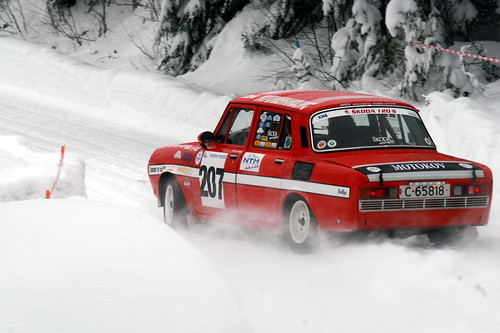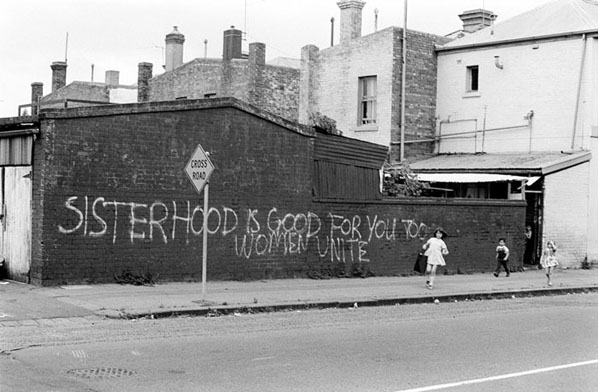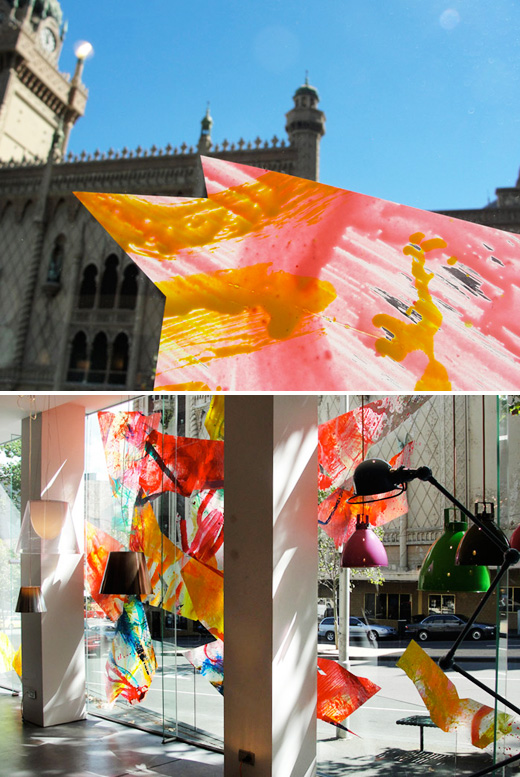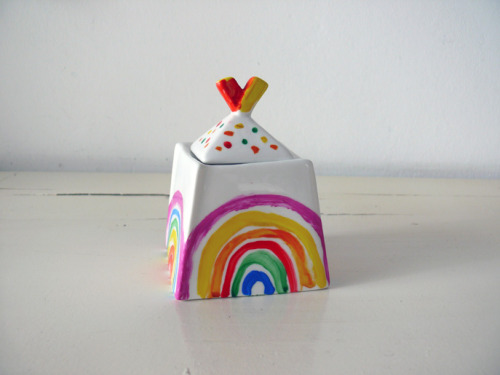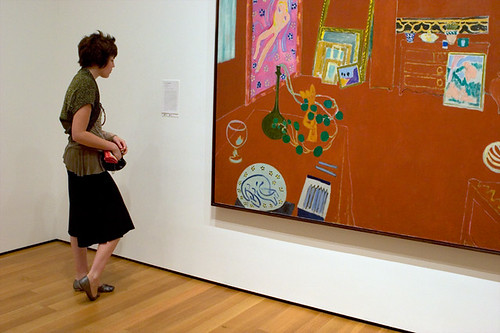i hadn't realised this (until relatively recently*) but the whole idea of "eastern europe" is a fiction of the 20th century.
eastern europe is synonymous with communist europe and the "eastern bloc countries"
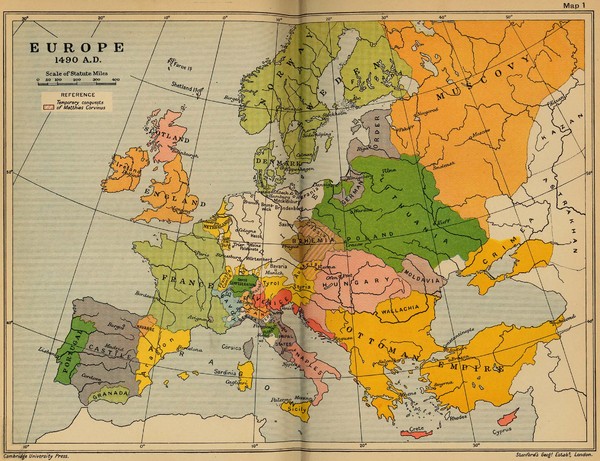 |
| Central Europe, circa time of Copernicus |
here's an excerpt of kundera talking to philip roth on the subject
MK: As a concept of cultural history, Eastern Europe is Russia, with its quite specific history anchored in the Byzantine world. Bohemia, Poland, Hungary, just like Austria have never been part of Eastern Europe. From the very beginning they have taken part in the great adventure of Western civilization, with its Gothic, its Renaissance, its Reformation--a movement which has its cradle precisely in this region. It was here, in Central Europe, that modern culture found its greatest impulses; psychoanalysis, structuralism, dodecaphony, Bartok's music, Kafka's and Musil's new aesthetics of the novel. The postwar annexation of Central Europe (or at least its major part) by Russian civilization caused Western culture to lose its vital center of gravity. It is the most significant event in the history of the West in our century, and we cannot dismiss the possibility that the end of Central Europe marked the beginning of the end for Europe as a whole.
anyway, my parents grew up in "communist" poland, and the eastern bloc has a resonance for me even though i've lived all my life in that curious "western" anomaly (geographically in the "far east"), australia.
i'm not sure if it's this heritage, or more a fondness for 70s aesthetic but i like the look of this rally car...

source
it looks like a skoda to me, although the badge is wrong so perhaps it's not (part of it in fact looks like my old 1977 saab 99). aha, it turns out, it's a wartburg, an east german car

this one is definitely a škoda

source
since the berlin wall came down, not only the old eastern bloc has chucked its shackles - eastern bloc cars have been reborn too. škoda is now quasi-german, a czech volkswagon - it has borrowed its adopted german parent's mechanical credentials
 and i want one ...!
and i want one ...!back to gritty romantic 70s history

rally cars ...
